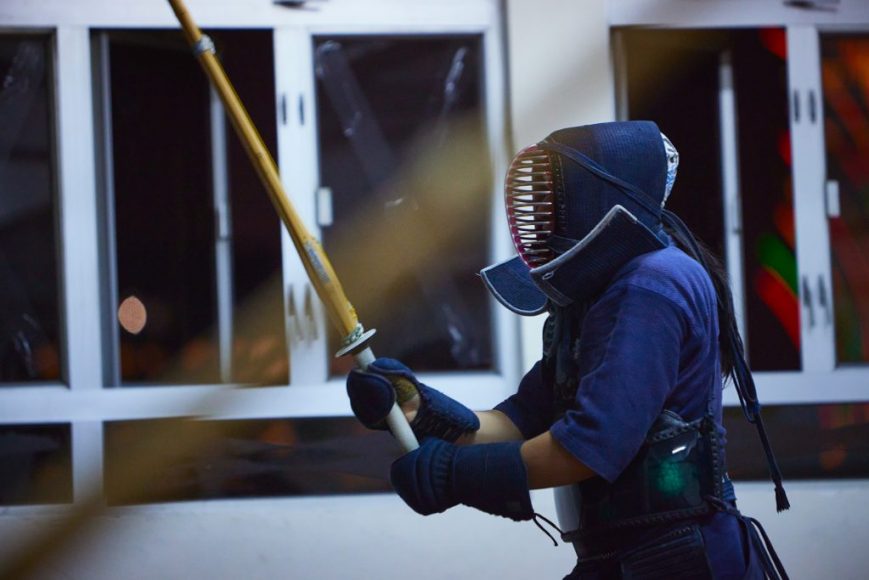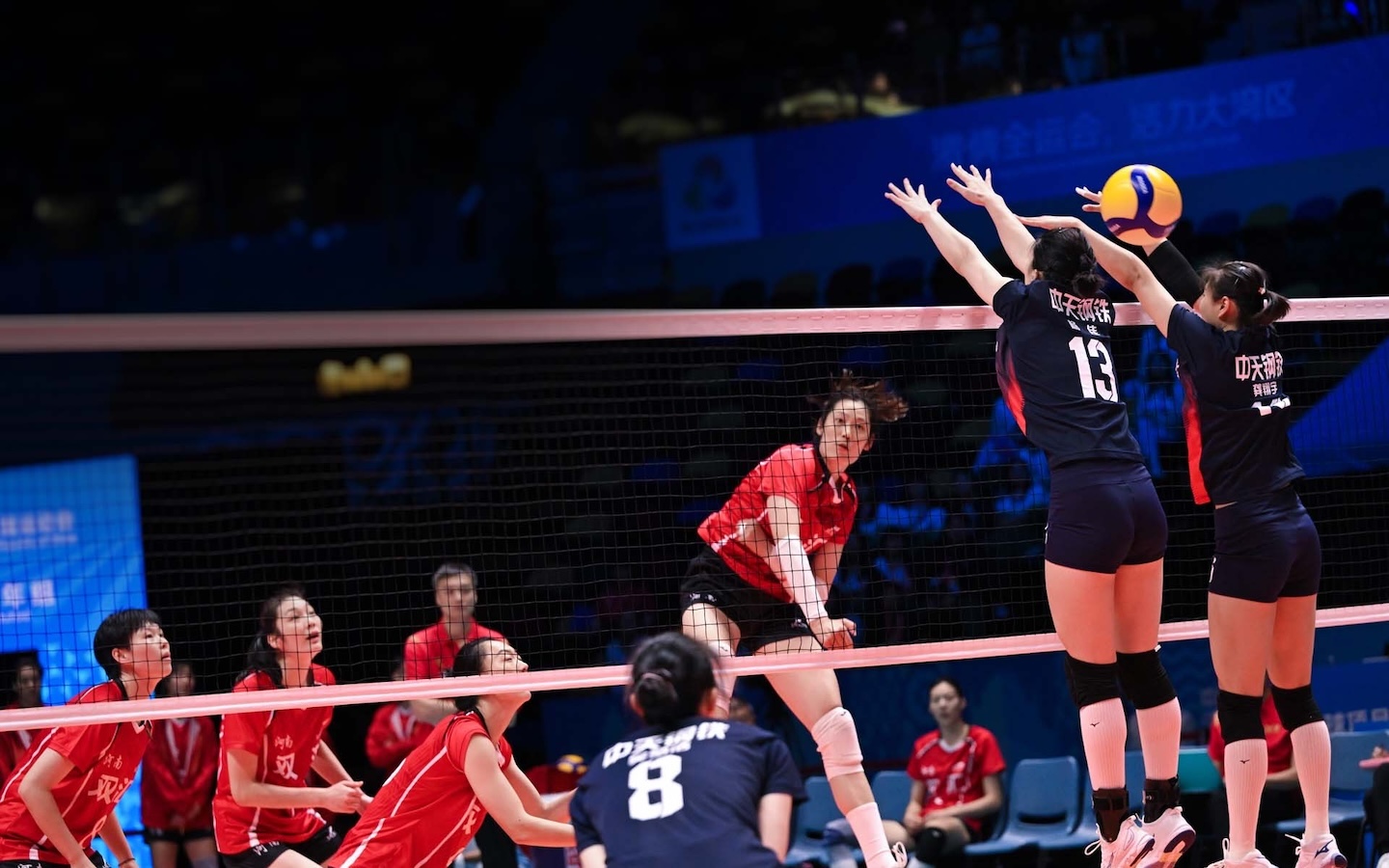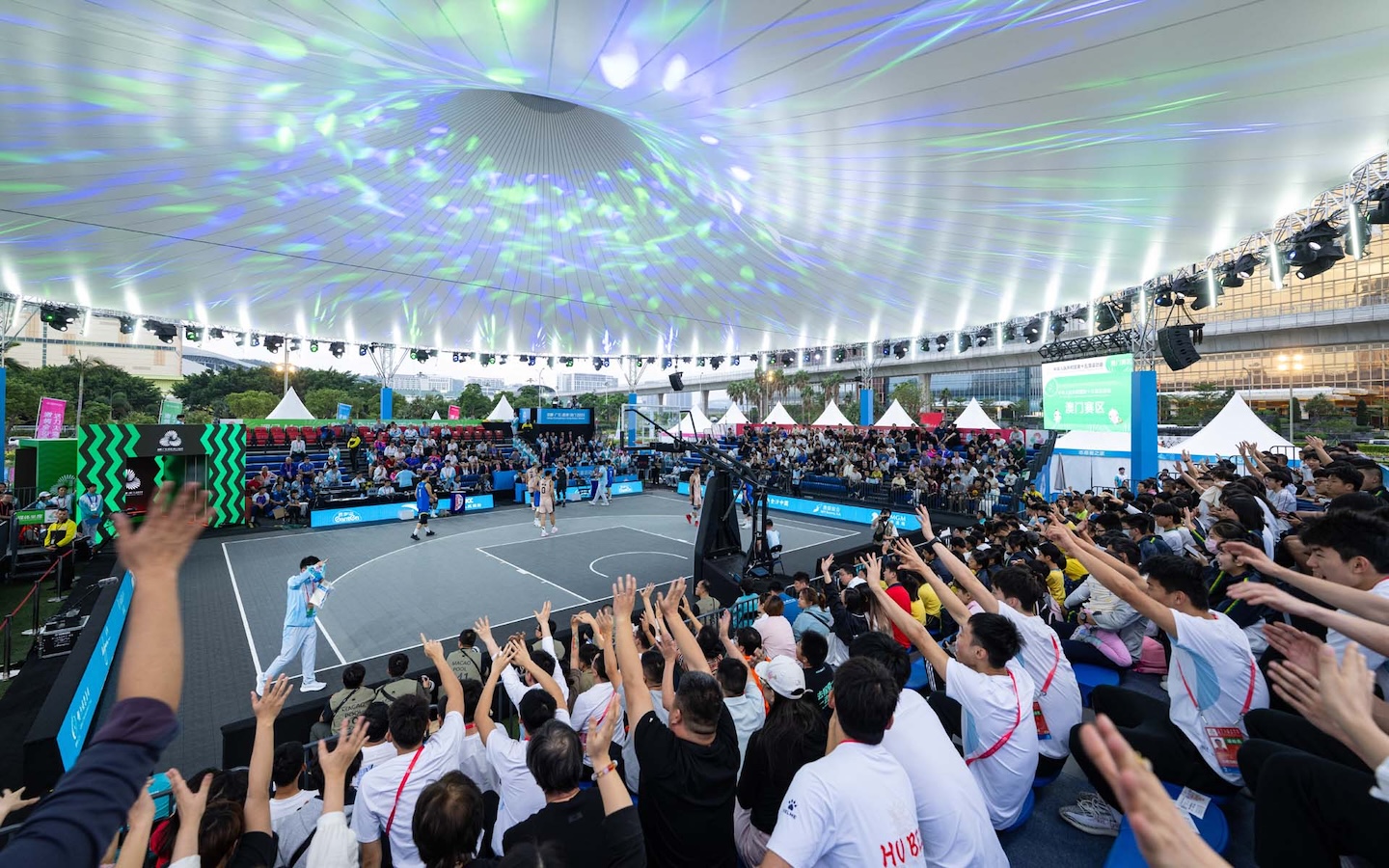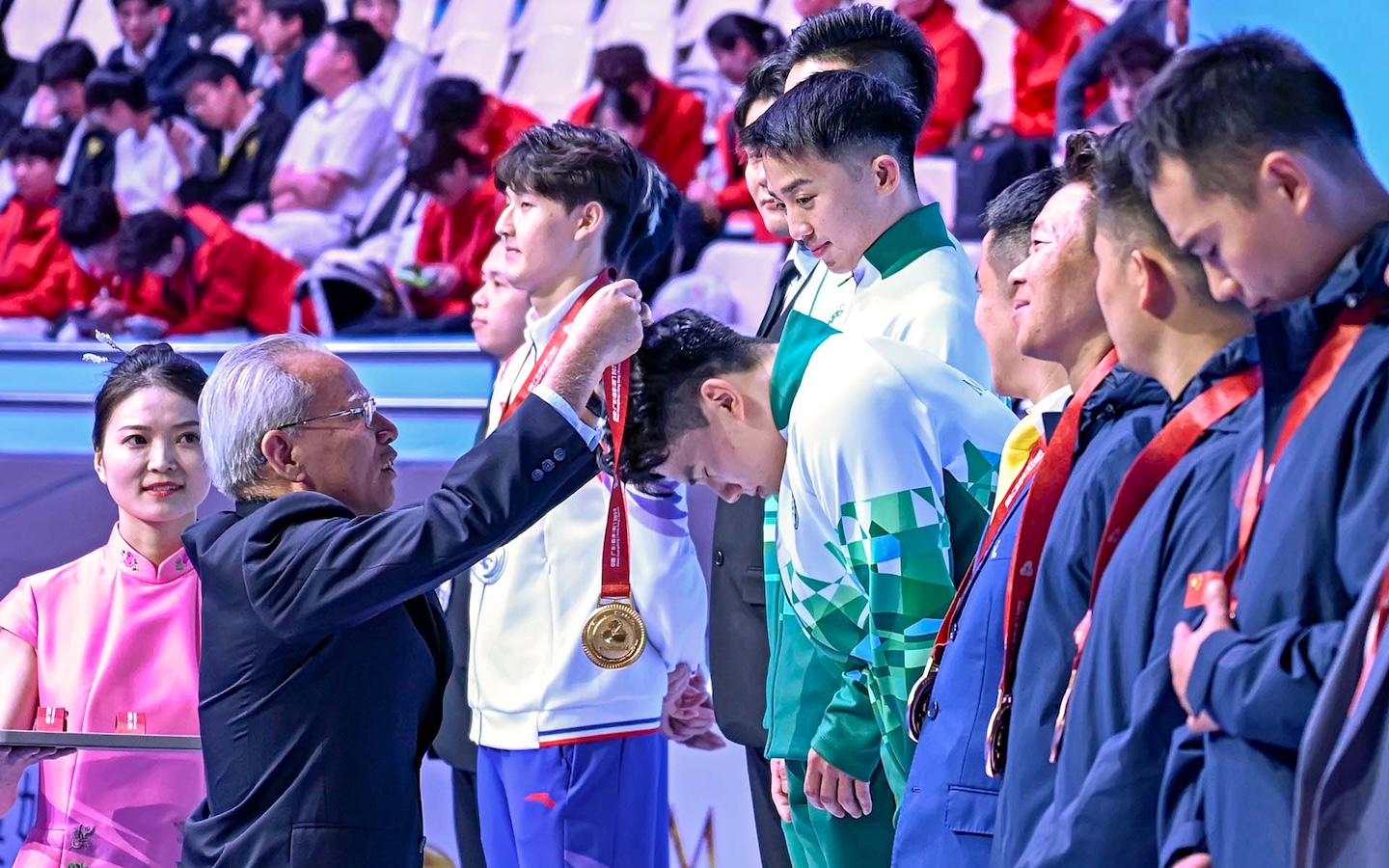When people think of sword fighting, they may think of samurai or ninja films, Hollywood fantasies such as The Three Musketeers or swashbuckling pirate movies. But there are also sports and martial arts that use swords such as fencing and kendo.
Kendo – which directly originates from previous martial art forms as gekiken and kenjutsu and means the ‘way of the sword’ – is a Japanese martial art that was popularised at the end of the Edo period, which ran from 1603-1868 during the rule of the Tokugawa shogunate. However, its roots go even further back in time to the Heian period in Japan between 794 and 1185, where swords were not only seen as weapons but as the extension of the minds of the samurai warriors themselves.
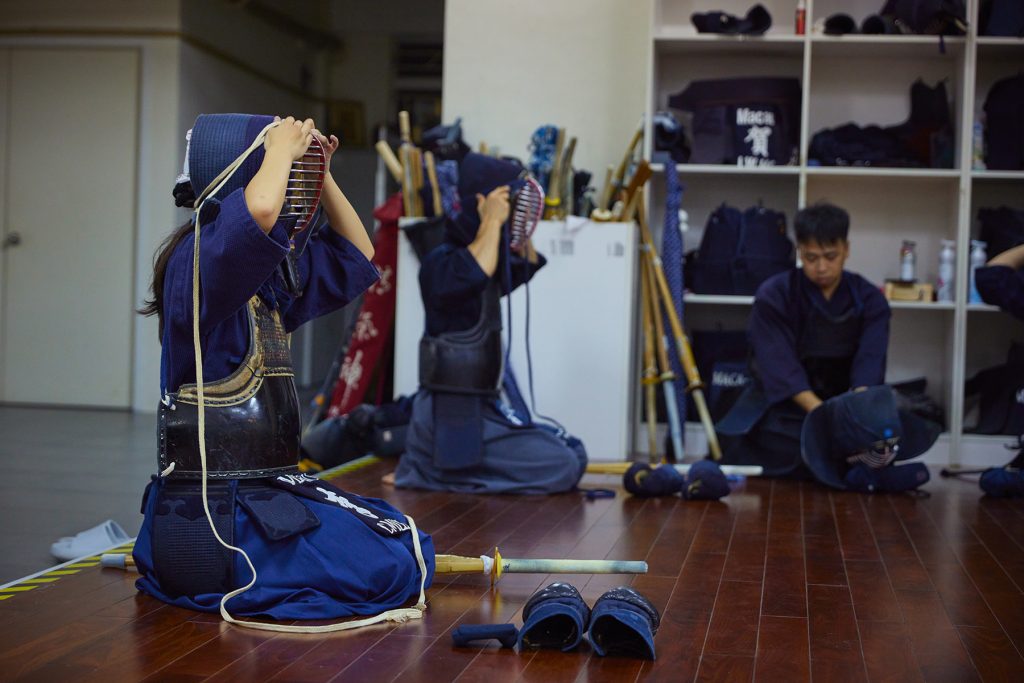
In the early 20th century, kendo became widely established as a self-improvement sport embodying the spirit of the samurai. Kendo practitioners, or kendōka, today use equipment such as kendo armour (bōgu), kendo equipment (kendōgu), traditional Japanese trousers (hakama) bamboo sword (shinai), and are allowed to strike only four areas on their opponent’s body – the head, wrists, torso, and thrust to the throat.
There are three types of related Japanese sword martial arts: kendo, iaido (practising the drawing of the sword) and jōdō (which focuses on defence and is practised with a jō, a short wooden staff).
There are three kendo practises: kata (form), kiri-kaeshi (combining attacking and receiving strikes), and ji-geiko (free practice to try out or come up with your own moves). For grades below dan 1, there is no kendo examination, but kakari-geiko (impact practice) instead of fighting. The dan (rank) system in kendo starts from one to the highest 10, which nobody to date has received in kendo – the highest dan achieved so far is eight. In most parts of the world, kendōka are allowed to take the test up to dan 5 but to rise higher, you are only allowed to take the exams in Japan, South Korea or Taiwan. Kendo requires good physical strength – as the equipment is heavy, speed, agility and technique.
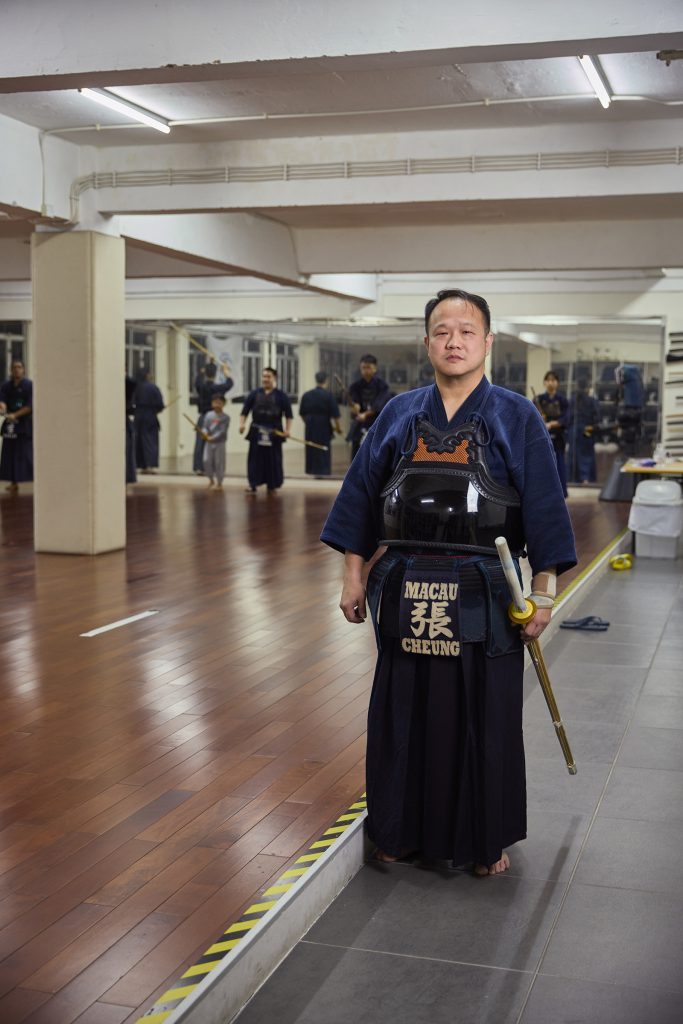
Born in 1973 in Hong Kong, Francis Cheung, Chairman of the Board of the Macao Kendo Association Union (MKAU) and kendōka stresses that kendo is about instilling values as well as offering mental and physical benefits. “The main purpose of the association is to form personality by virtue of practicing sword theory, and then produce physical agility, flexibility, instant reaction, endurance and correct posture. To mentally cultivate the habit of hard work, patience, vitality, concentration and decisiveness. In society, to develop a sense of responsibility and sociability, respect for each other, good manners, and good attitudes towards health and safety,” says the dan 5 kendōka.
Cheung explains that locals in Macao first began to practice kendo in the early 1990s. Not long afterward, the Sports Bureau established the Macau Kendo Club in 1995 and participated in kendo events around Asia. Since 2000, the club has participated in the triennial World Kendo Championship – with competitions held in Taiwan (2006), Brazil (2009), Italy (2012), Japan (2015) and Korea (2018).
“When we practice kendo, there’s a rule where we have to let go of anything that has happened outside the dojo.”
Francis Cheung
In 2005, students from different age groups and social backgrounds began enrolling in the club. The club expanded its activity and split into three different associations, each specialising in the sport’s three different types of sword practice – Macau Students Kendo Association, Macau Iaido Association and Macau Jōdō Association. That same year the MKAU was established and registered with the International Kendo Association.
The MKAU has participated in domestic and international kendo competitions and exchange activities in mainland China, Hong Kong, Taiwan, Japan, Europe and the US. “Before the pandemic, we would send our students and instructors to Yokohama, Japan, to join a training camp with other kendo trainees,” Cheung says. Over the past 10 years, the China Kendo Association has usually held a monthly competition and an annual national tournament (so far they have held tournaments in Guangzhou, Chongqing, Beijing, Shanghai, Wuhan and Changsha), which the MKAU participates in.

Mental and Physical Growth
Cheung moved to Macao at a young age and today works as a project manager on the Cotai Strip and is the board chairman of MKAU. His own kendo journey began in 1998, at the age of 25, after watching different Japanese action animations. “Back then, there was a TV advertisement introducing the Macau Kendo Association and my friend knew one of the members and encouraged me to approach them,” Cheung recalls. “After that, I contacted them and have been practising kendo ever since.”
From his 24 years of experience, Cheung recalls two moments that he’ll never forget – the first when he entered his first competition in Hong Kong and the second when training in Japan. Having trained for a few months, Cheung entered a competition in his hometown and in his first round, he was challenged by a Japanese boy in his teens. In shock, Cheung was defeated before he even knew it. He realised he needed much more practice than expected. On the second occasion: “During my time in Japan at a training session,” he recalls, “I picked this really old man as an opponent – but when we began to fight, he was so strong that I had no chance and lost.” This taught Cheung the lesson never to underestimate opponents, no matter the age, size or looks.
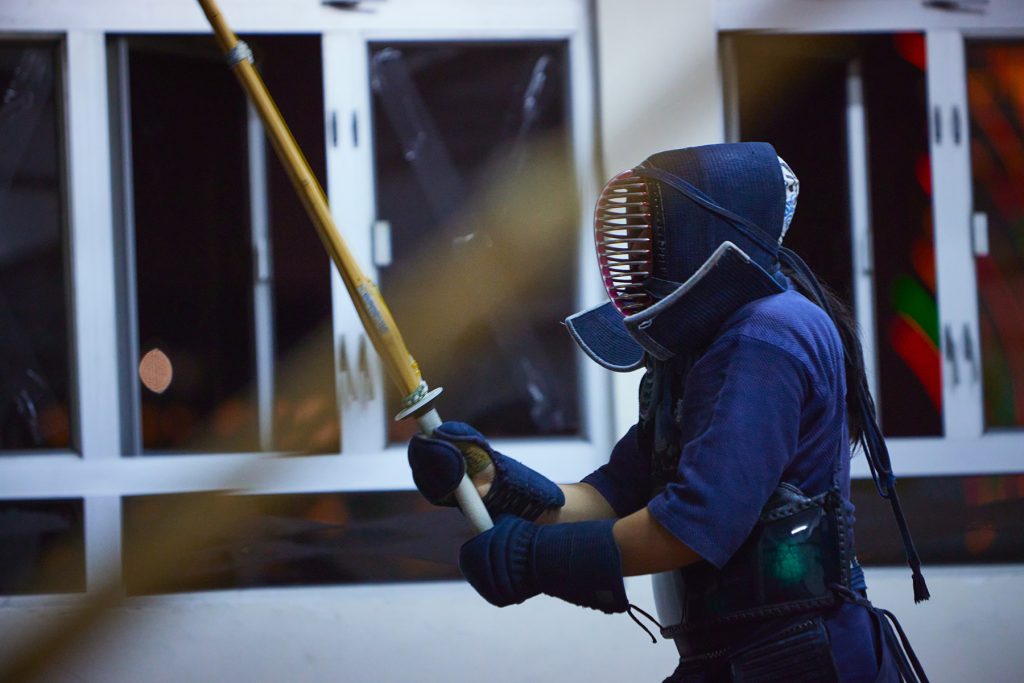
Since taking up kendo, Cheung has improved both physically and mentally – helping him to forget about day-to-day problems. “When we practice kendo, there’s a rule where we have to let go of anything that has happened outside the dojo (a room or hall used for practice by martial artists),” Cheung says. “This makes me relax and is the reason why I practise kendo till today and still enjoy it!”
Cheung has mainly participated in the World Kendo Championships and competitions in Hong Kong and mainland China. His greatest achievement was in 2000, when Cheung placed second in the Hong Kong kendo competition. In 2006, Cheung became an Association council member and according to the rules, he could no longer participate in competitions but could practice and train others in the sport.
Cheung says that one of his mentors who helped him grow as an athlete and a person was Atsushi Tomioka from Japan. From 2003 to 2008, Tomioka practised kendo in Zhuhai every week and was hired to coach the Macao kendo team until 2006. Cheung watched him closely for a long period, asking questions and gaining knowledge about kendo. “Hard work, sweat and the time you put into practice, will ensure you learn the lesson,” are words that Cheung carries with him today from Tomioka.
Know Your Kendoka
Macao-born Ieong Man Tai, who is 25 years old, graduated from Taiwan University in 2019 and is currently working at MTR Railway Operations Company Limited Macao, while he practises kendo at night. Though Ieong has only been practising kendo for six years, his enthusiasm and commitment to the sport are immense. Ieong shows up to practice early and is completely focused once he sets foot into the dojo.

Compared with Macao, kendo is quite popular in Taiwan and Ieong decided to try it out after his roommate at university suggested it. Ieong joined the university kendo club and has been practising the sport ever since. “One of the reasons I play kendo is that I enjoy the feeling of competition,” Ieong says. “I enjoy the feeling of anticipation during the competition and then using the skills that I’ve practised before.” In 2019, during his last year of university, Ieong was selected to participate in Taiwan’s college Kendo Championship – which he won.
While kendo is not as popular in Macao as in other Asian and some Western countries, many people do not have a clear idea of the sport and even confuse kendo with fencing, since the sports are similar – yet fencing is more popular since it is an Olympic sport, Ieong says.
Although the MKAU only has 20-30 regular members, it is a tight-knit community. Ieong explains that members have a close camaraderie as at times they share personal problems or go out to eat together. “The association is small but complete,” he says.
Ieong leaves us with a piece of advice: “Be patient, humble, stay focused and always give it your all. This helps me think clearly in achieving everything I wish for.”
